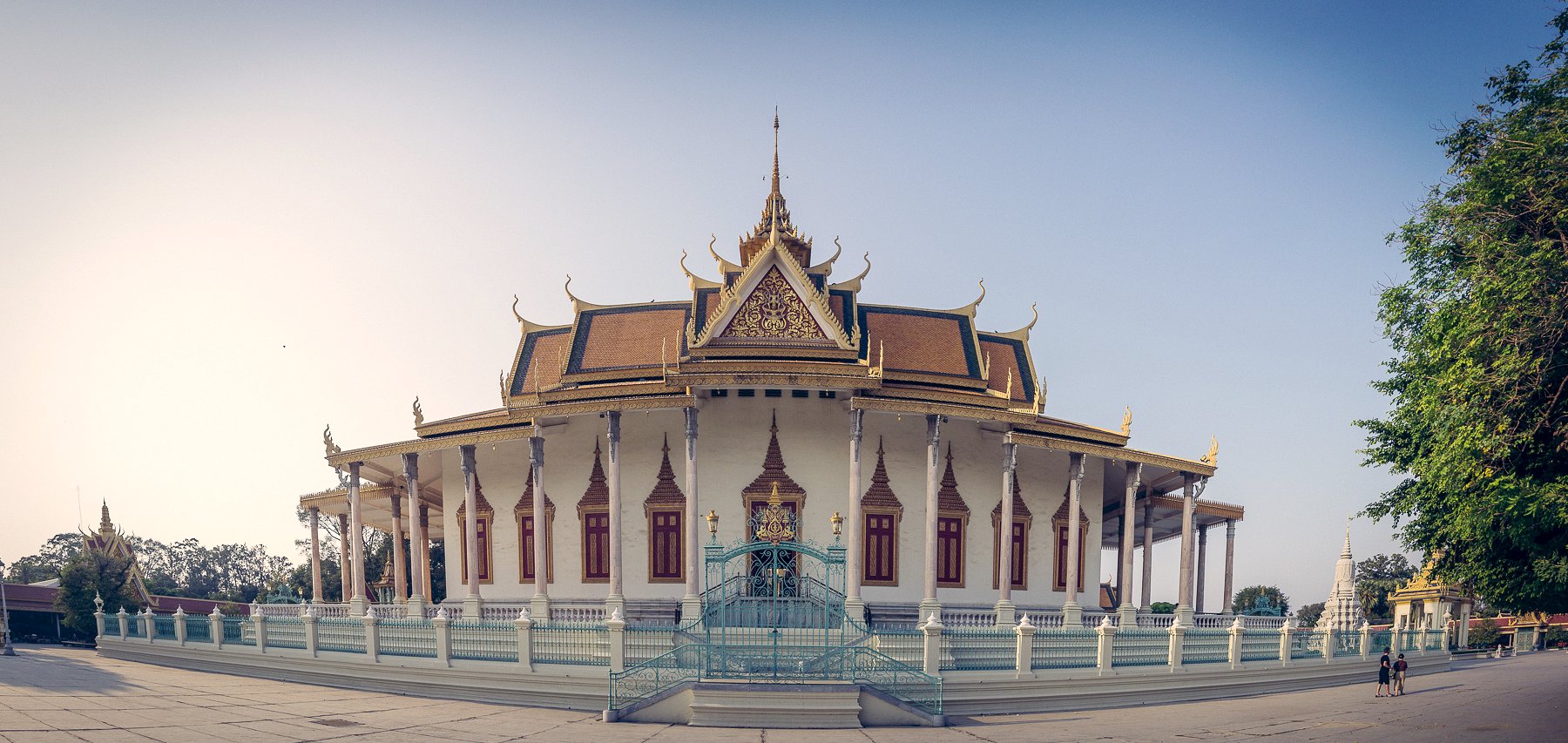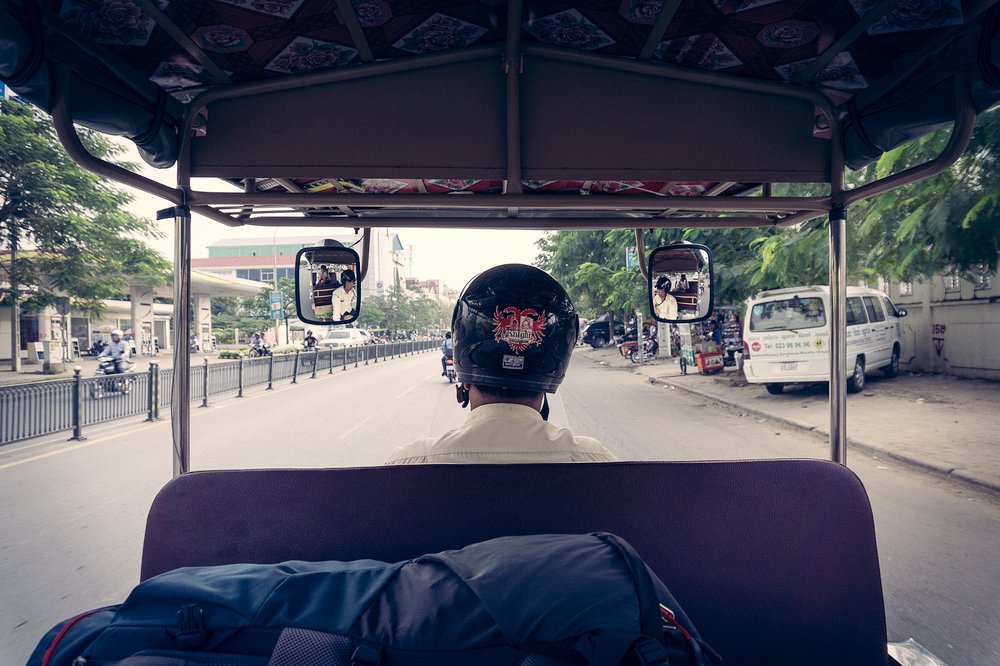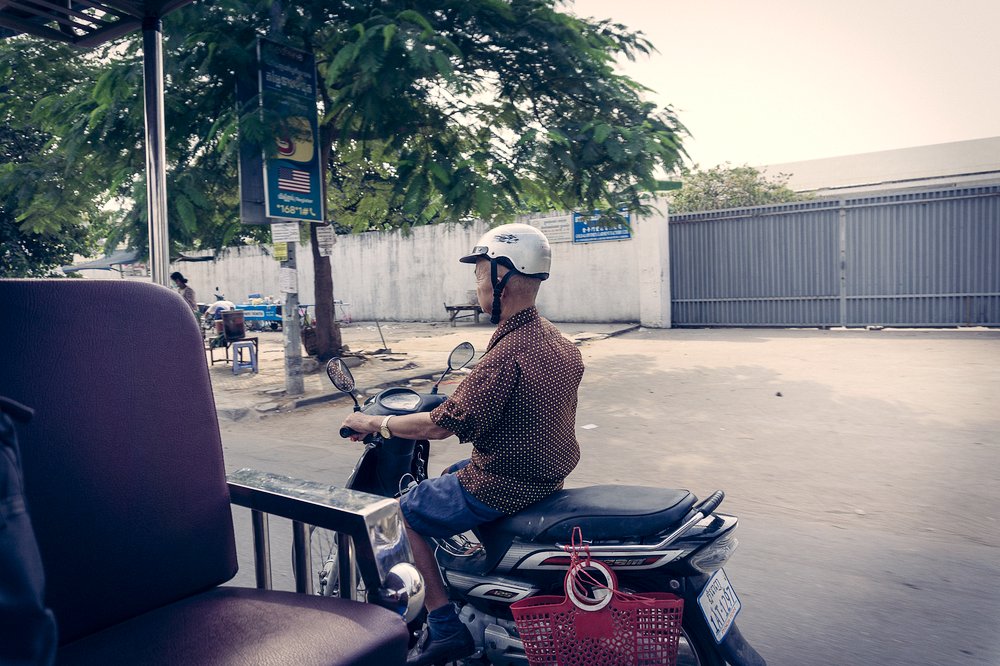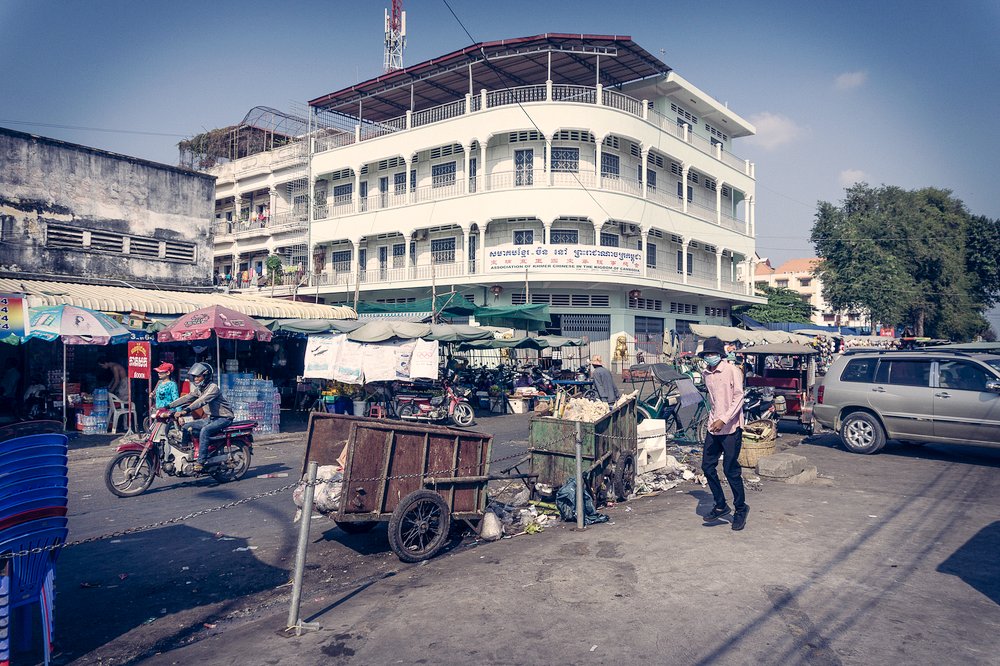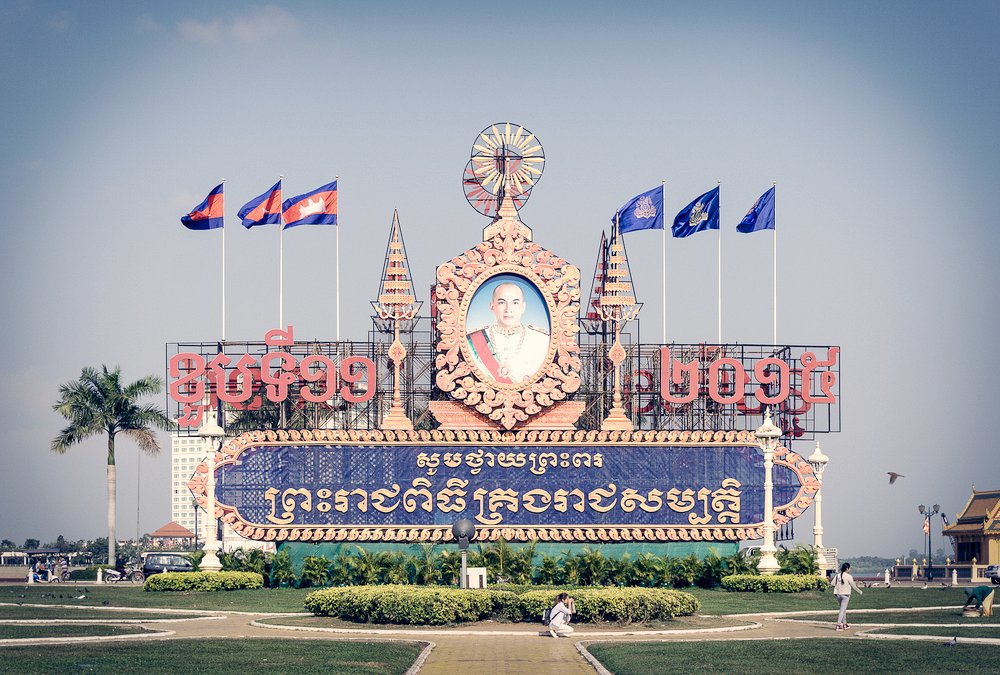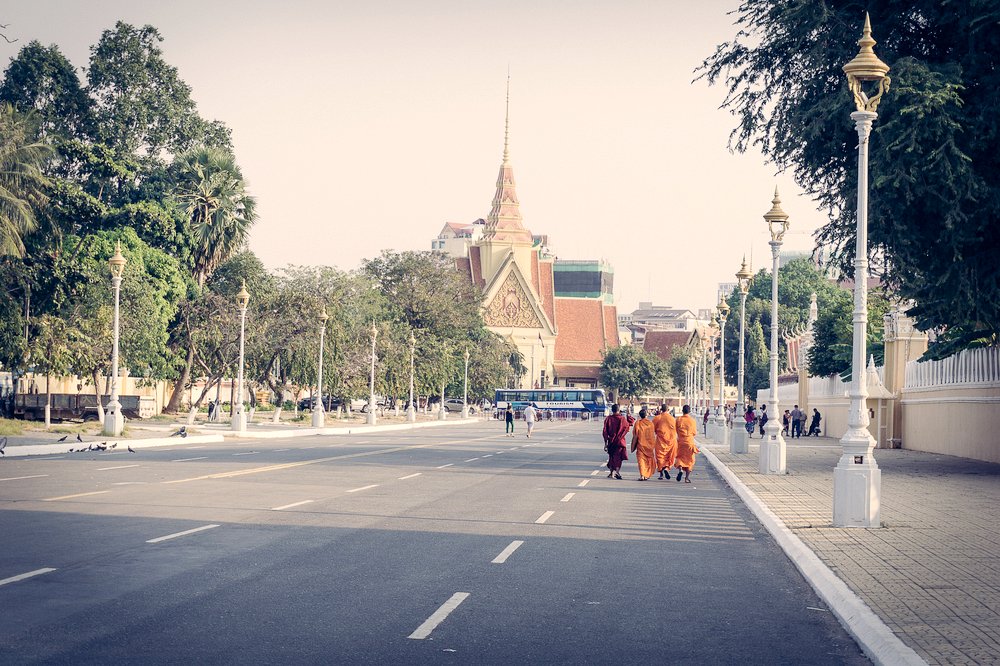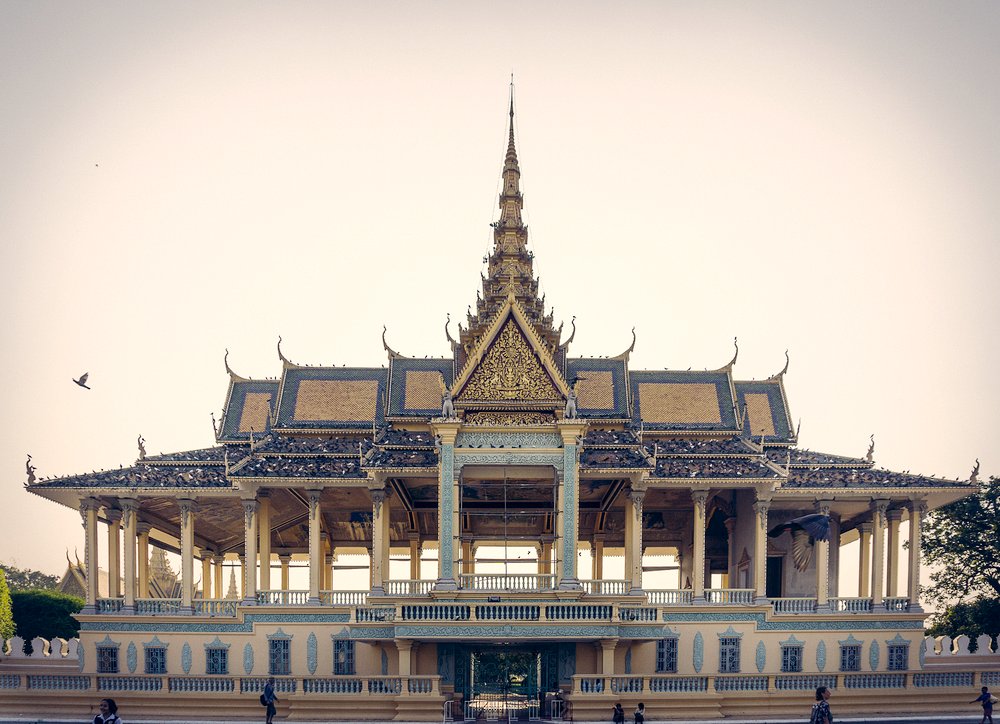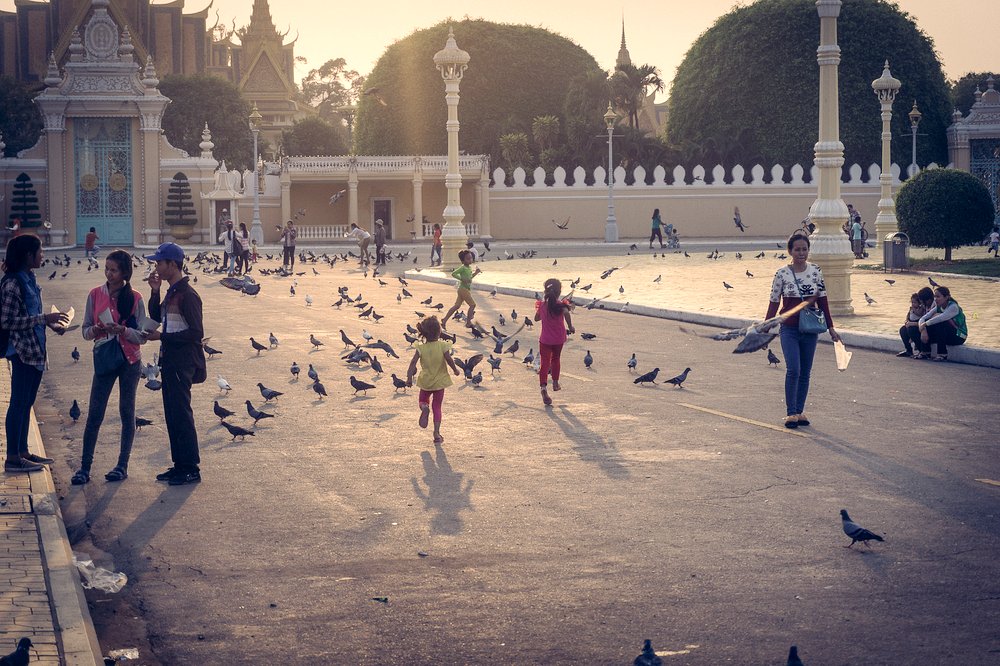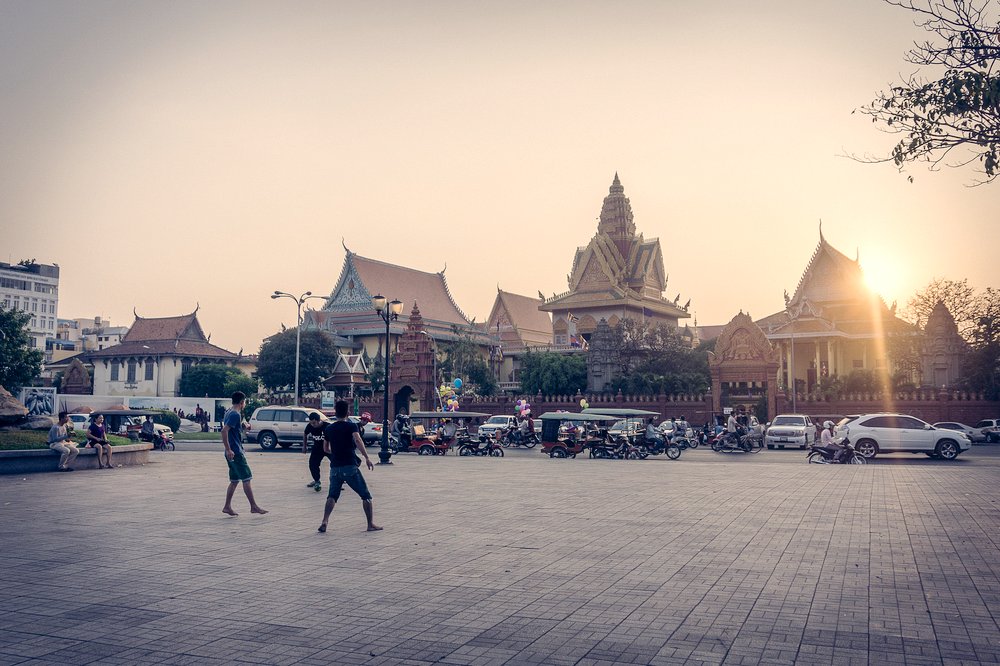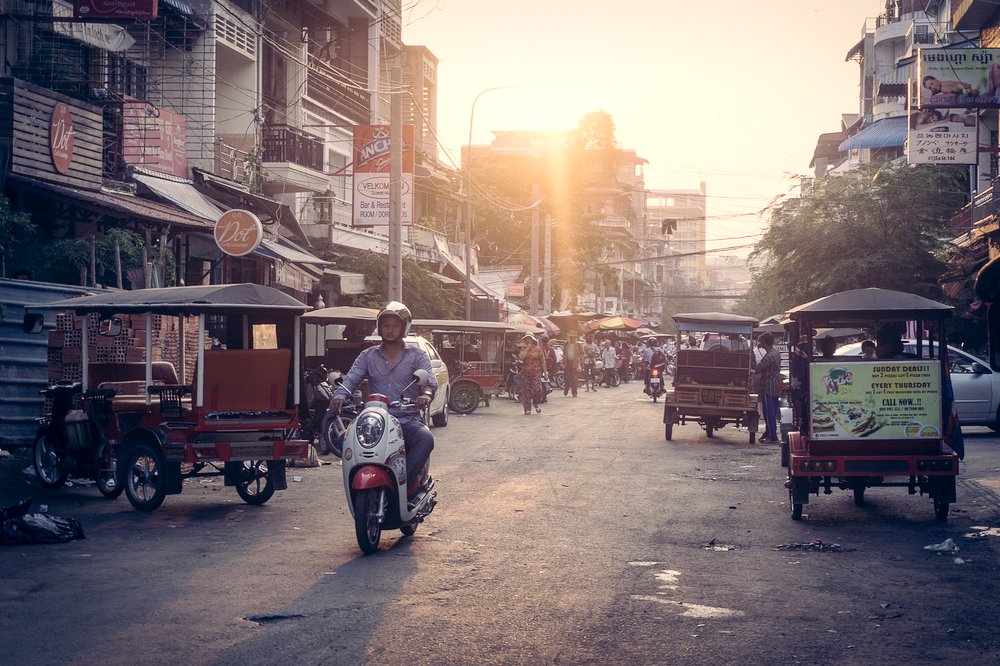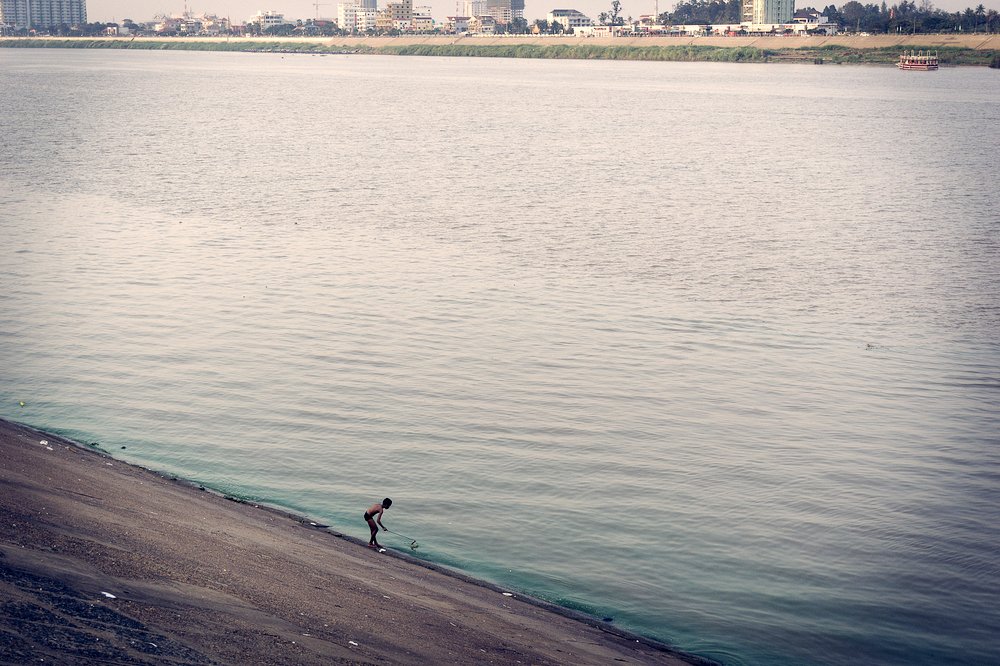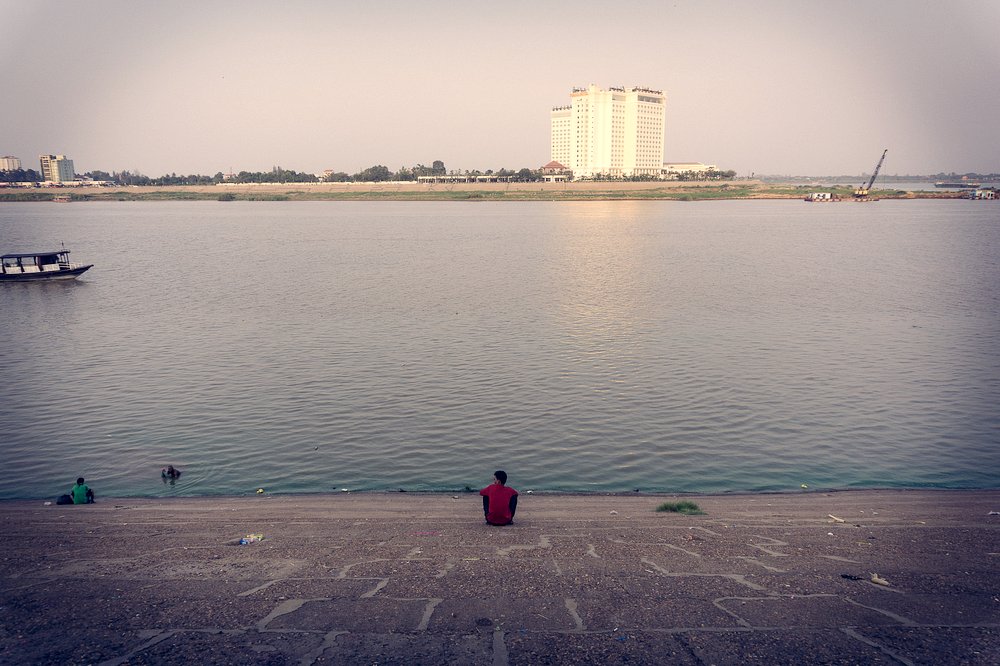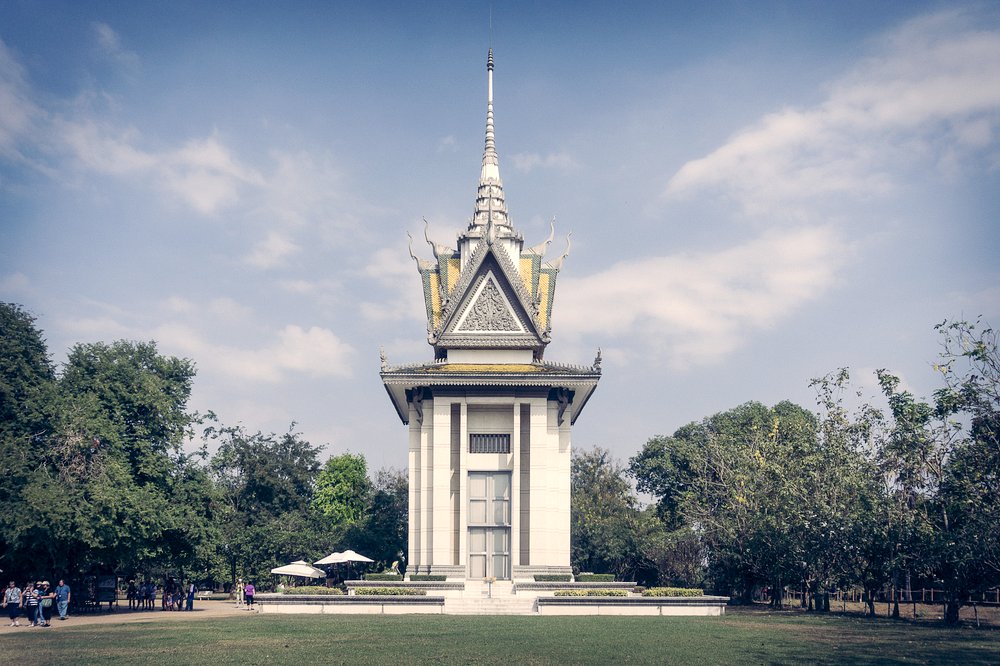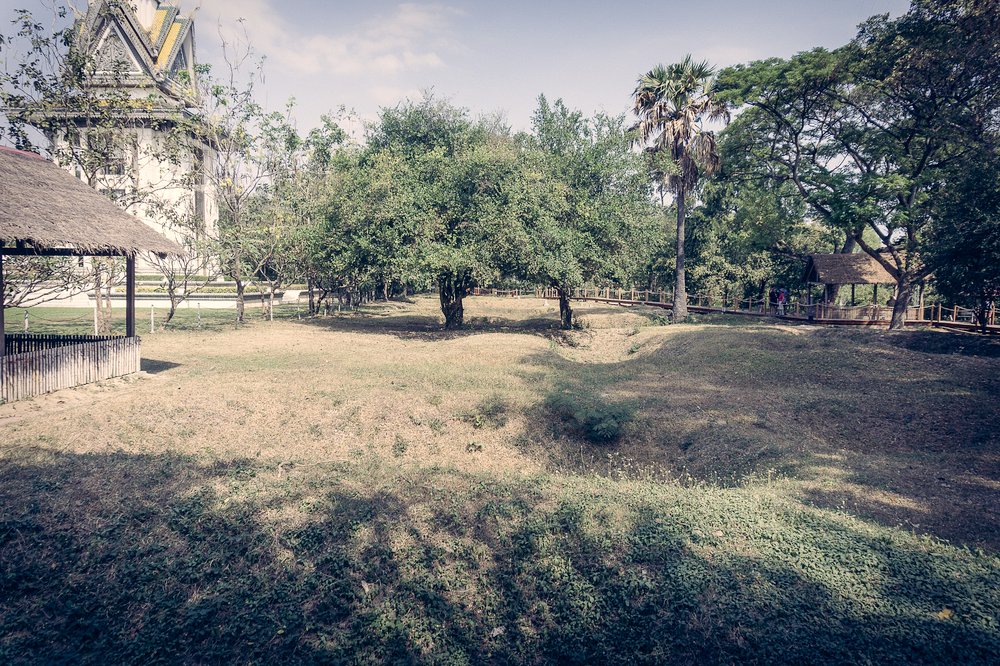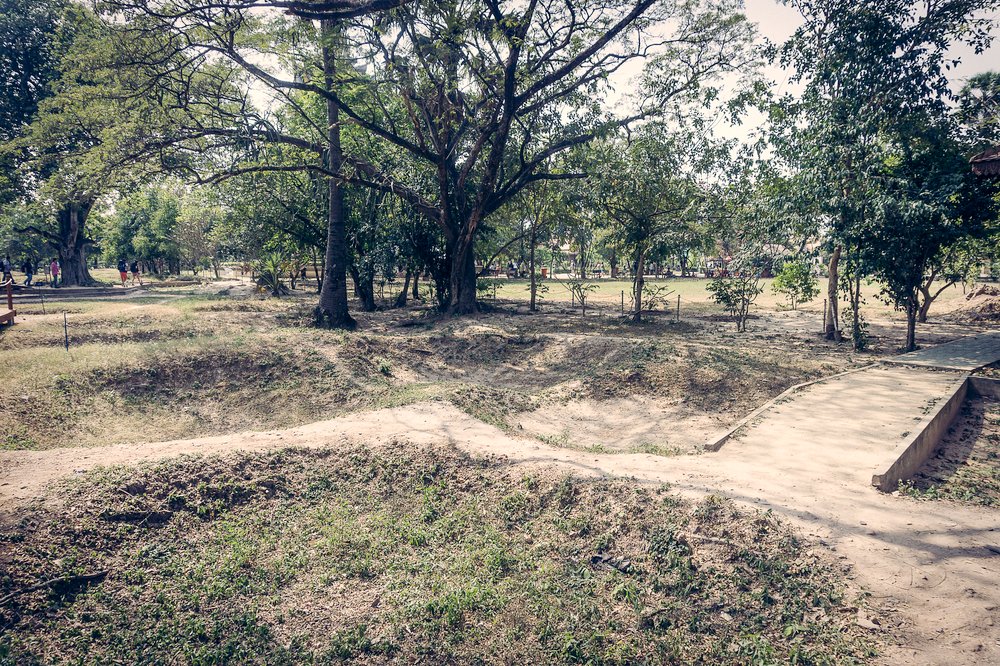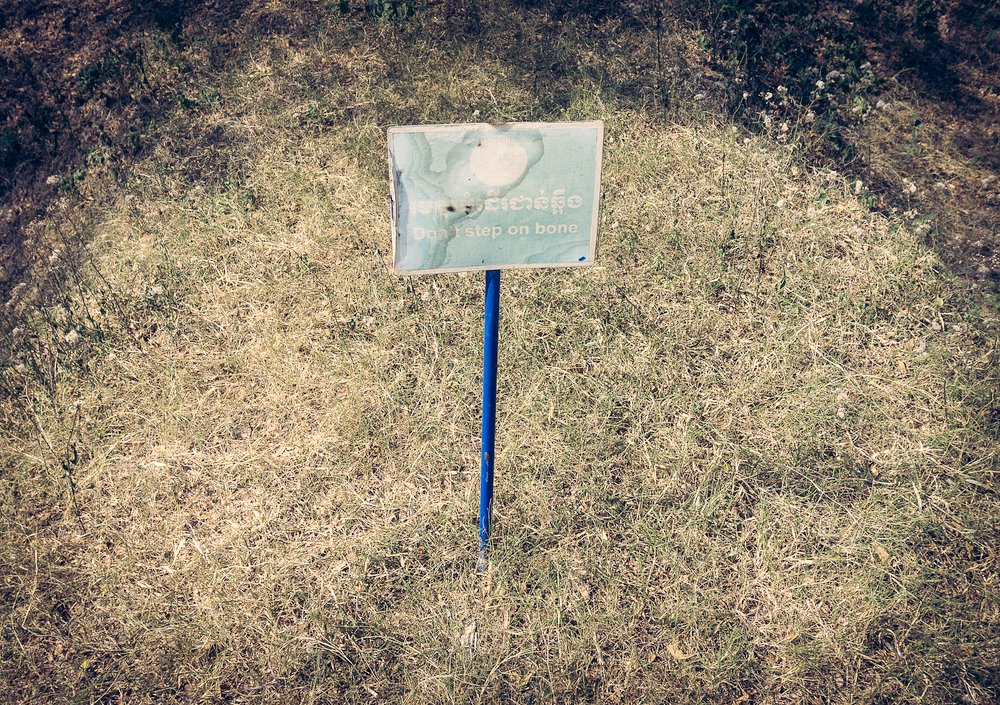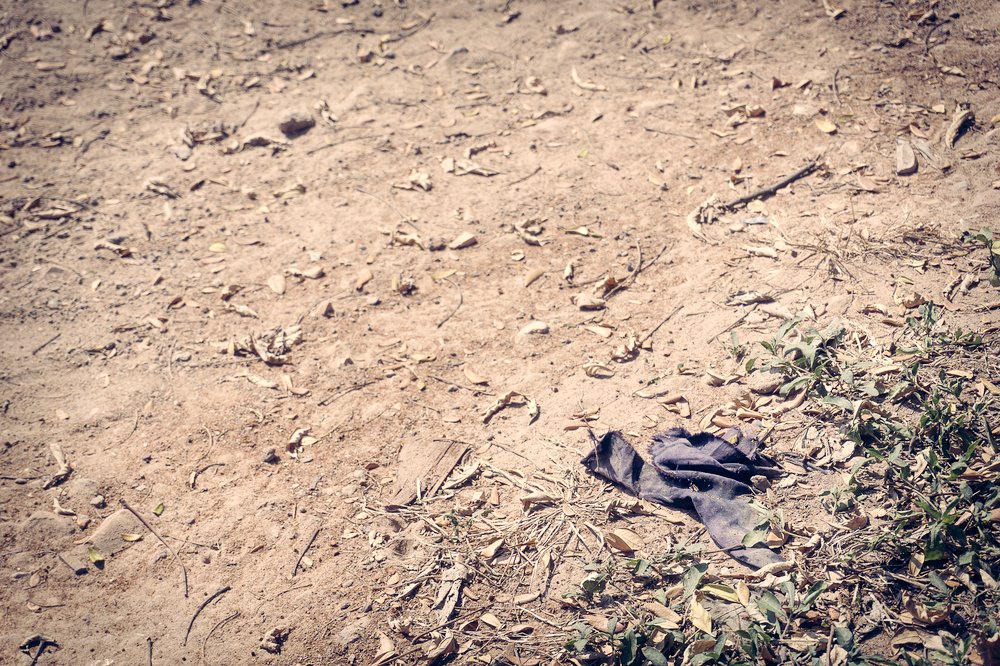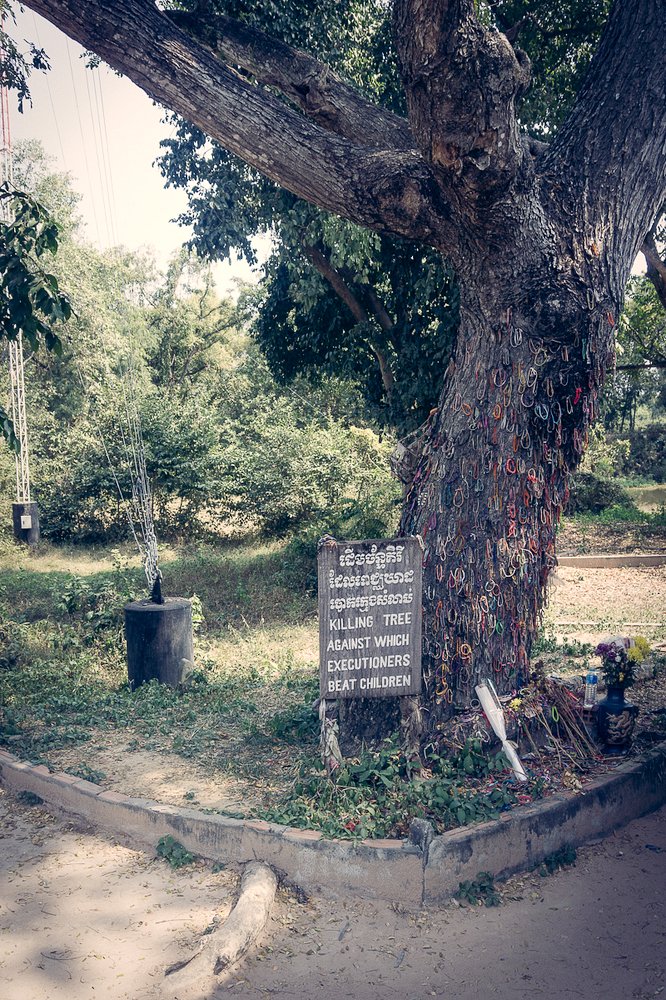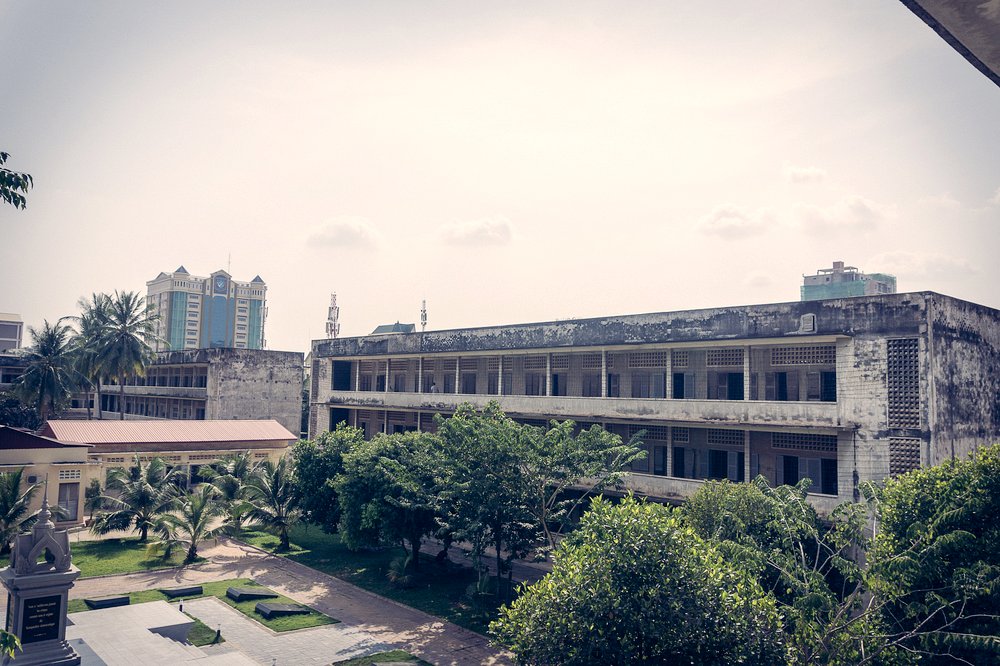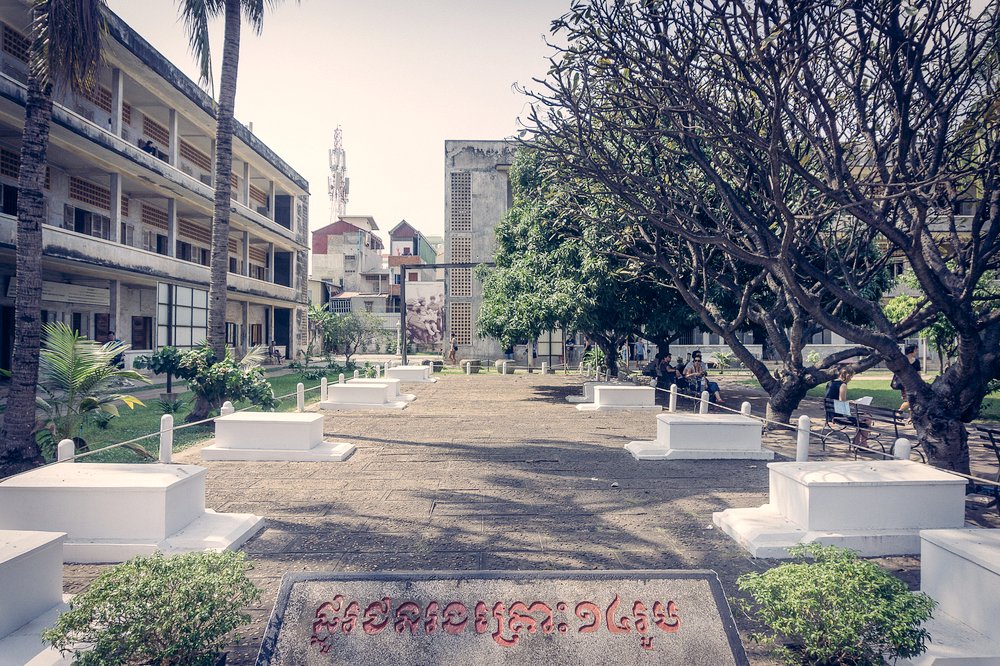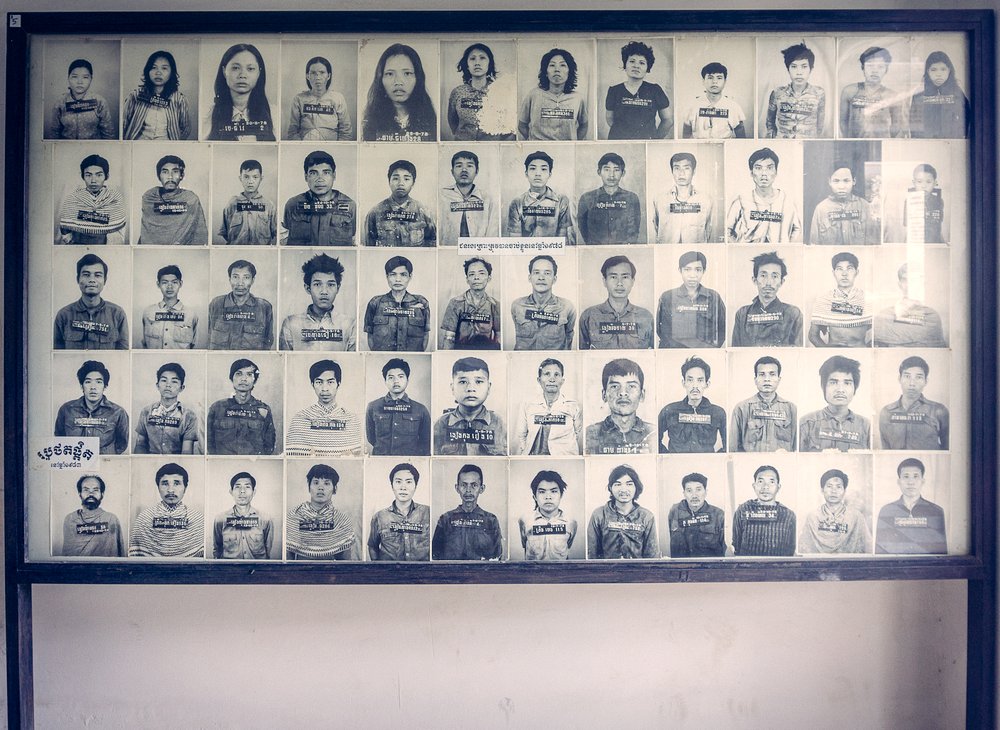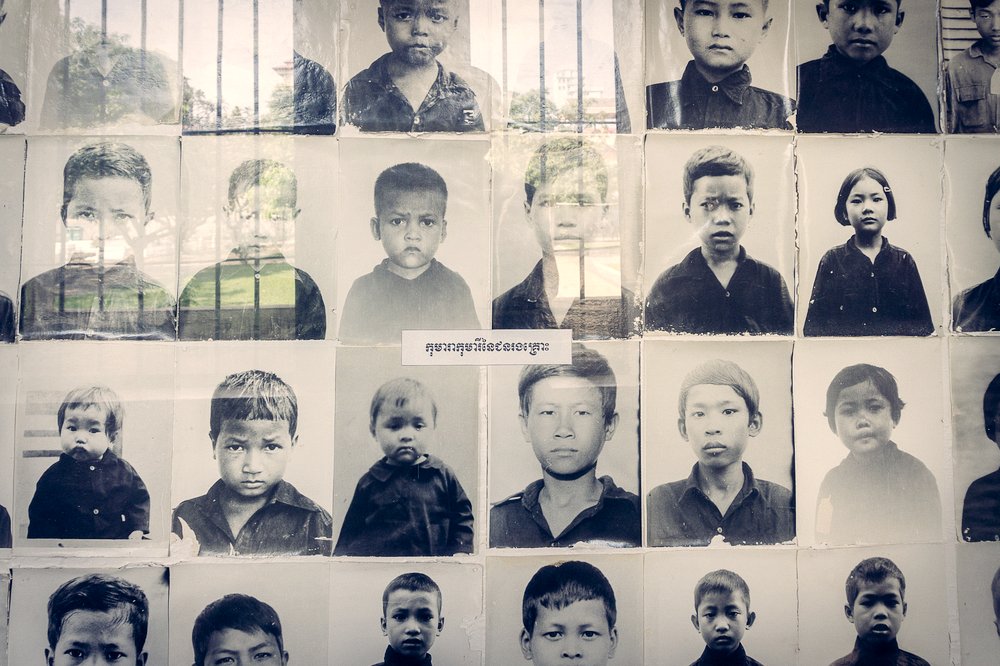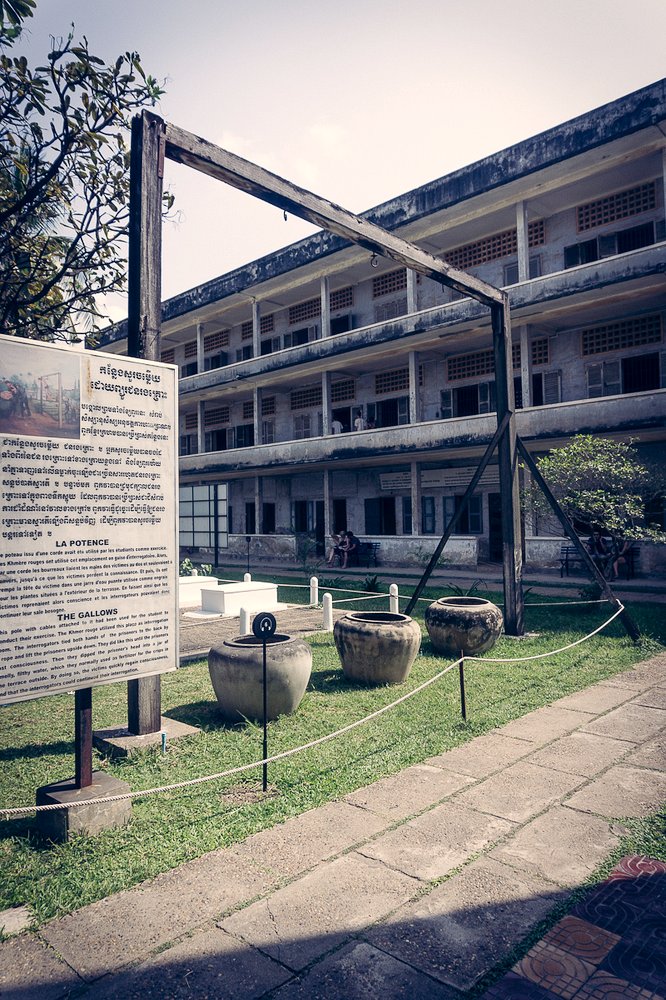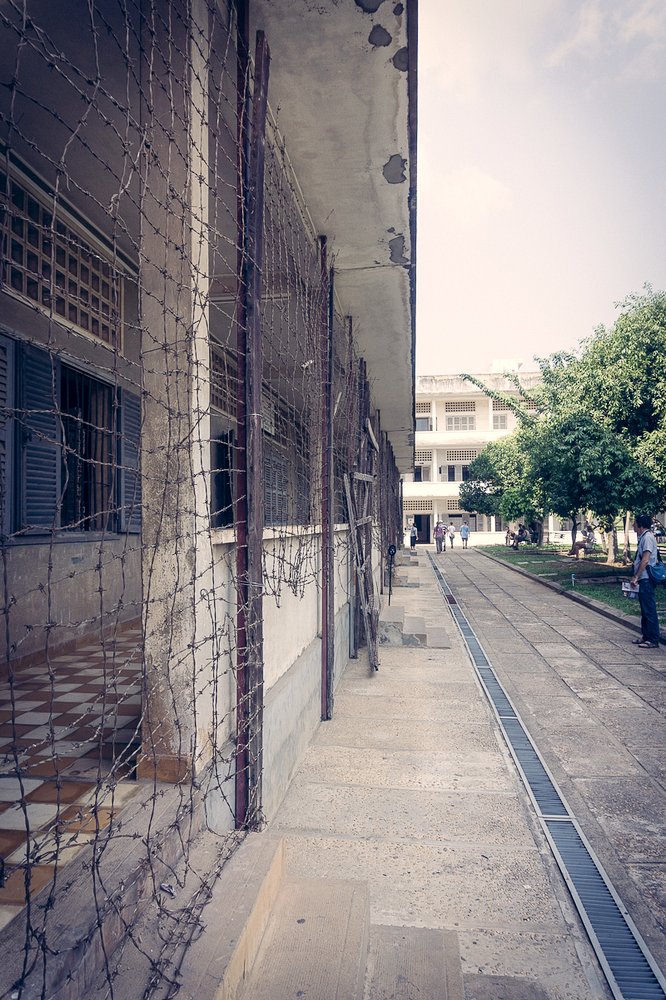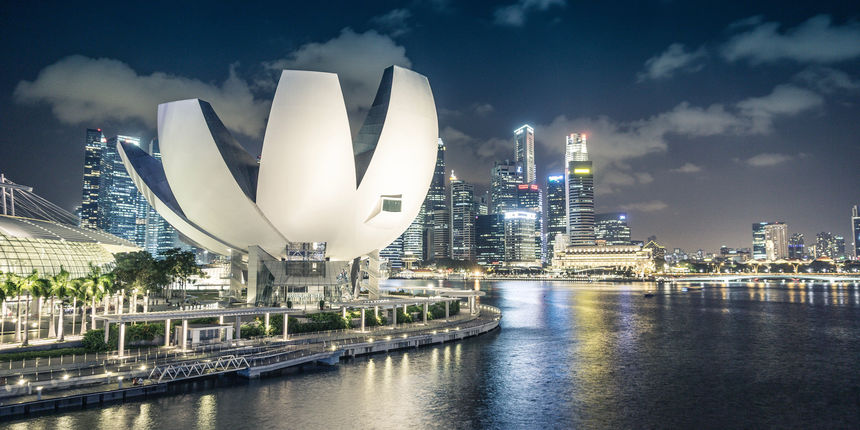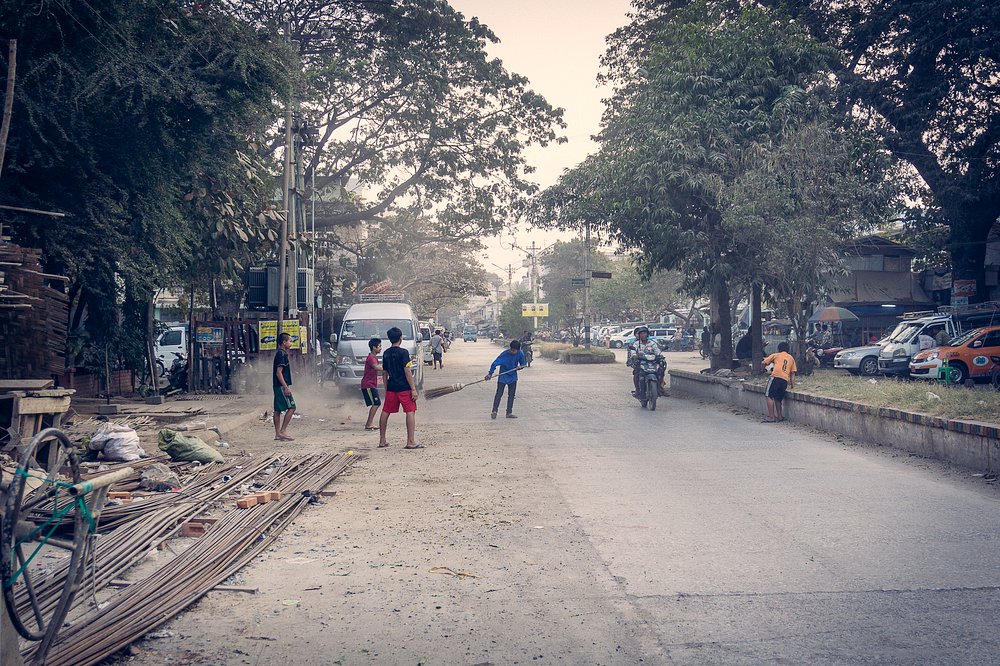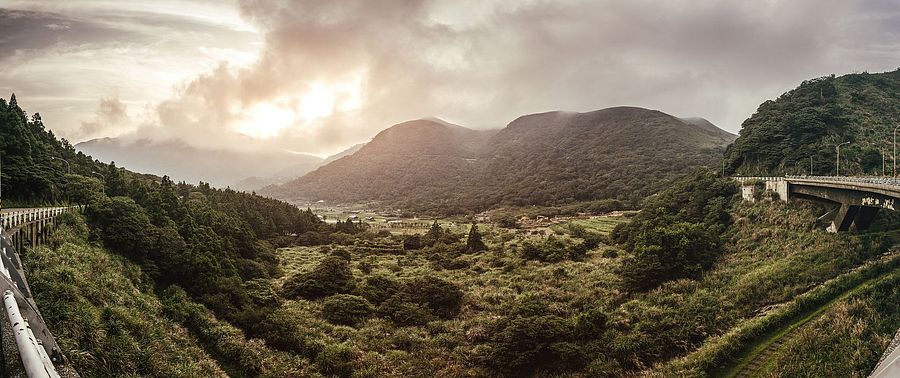Phnom Penh in two days - A City between Horrid Past and Modernisation
My first stop during my 14 day Cambodia trip was Cambodia’s capital Phnom Penh. While the city itself is most often not referred as worth seeing, the monuments and museums of the mass murderer under the reign of the Khmer Rouge are important to understand the modern history of whole Cambodia.
When I was planning my trip I read several articles and blog posts about Phnom Penh, most of them said that it is a real sh*thole: a dirty crime city with a lot of bag snatching, scams, robbing and garbage everywhere. Others were more positive and said it’s actually a decent place with a positive development going on. Quite curious what to expect I boarded my flight from Bangkok in the early morning.
The immigration was quite smooth (not comparable to the situation on the land borders as I heard) and a couple of minutes later I was sitting in a tuk tuk on the way to my hostel. Again my tuk tuk driver told me that I should be careful while riding a tuk-tuk, a motorbike or when I’m walking on the street because of “drive-by” thieves. I concluded that I should indeed be super vigilant with my bags, camera,wallet, and cell phone. On the way to my hostel the differences between the metropoles of Taipei or Bangkok were obvious. Phnom Penh feels more like a wide streched town than multi million city, which it actually is and it is far less developed. This impression is only disturbed by a single skyscraper — the Vatanac Capital Skyscraper.
A couple of minutes later I arrived at my hostel (One Stop Hostel — Phnom Penh), which lied nicely on the river promenade next to Wat Phnom. After a couple hours of rest, I started to explore to explore the city by foot in the late noon. The stagnant heat and the motor bike exhauts were a challenge and the constant questions of tuk tuk drivers “Tuk Tuk, Sir?”, “Killing Fields, Shooting Range, Sir?” (How about no?) weren’t helping either, but the main sights in the city centre can be easily done by foot. I walked basically through some small streets to the Royal Palace, past Preah Vihear Preah Keo Morokot and through Wat Bottom Park and then back on the riverside during sunset to Wat Phnom. While those places are interesting and nice to see, I wouldn’t put them on my 100 places to see before I die list, but I’m probably also a spoiled child.
After the sunset and an early sleep, I went with a group of other travellers to monuments and museums commemorating the mass murderer during the reign of the Khmer Rouge. During the Khmer Rouge Regime (1975–1979) around 2–3 million people died either through diseases, starvation or they were murdered on so called killing fields by the regime. The killing field Choeung Ek close to Phnom Penh is one of the around around 300 killing fields throughout whole Cambodia where people were slaugthered with machetes, hammers, knives and other “tools”. Babies, in front of their mothers, were usually smashed against trees until they died and then thrown into a mass grave. Victims of the Khmer Rouge weren’t criminals, but mainly just intellectuals (teachers, doctors, people who wear classes or able to speak a foreign language) or people, who might (!) be traitors. To ensure that no relative takes revenge, the whole family was erased. The killing fields have absolutely, thank god, no event character (like sometimes mediveal toture chambers have) and its actually a small area with not that much actually to see, but an excellent audio guide leads you through to the area and helps you understanding what happened at this place.
Before people were killed on one of the killing fields, they were usually interrogated to confess their guilt (it really didn’t matter if people were really guilty or not). This interrogation was basically brutal torture, which made people to confess everything, what they were told to confess. This torture was done in prisons and one can be visited in Phnom Penh — Toul Sleng (S-21). Toul Sleng was a former high school, but was turned into a prison right after the Khmer Rouge came to power. After the vietnamese forces conquered Cambodia, the prison was discovered and turned into a museum. The museum shows how the prison worked. New arrived prisoners were photoraphed and then tied to the ground. In the next step they were interrogated/tortured until they confessed and then brought to one of the killing fields to get killed. While S-21 is more visual with a lot of photos (some of them are really disturbing), I “prefer” Choeung for its commemorating.
While the wounds of the pasts are slowly healing, the country is becoming more stable after decades of wars and development can be seen everywhere in the city and the country — New businesses are founded, roads are getting better and more tourists are coming. After around two days in Phnom Penh I left to south coast to explore untouched beaches. My impression of Phnom Pehnh is that it isn’t as bad as some people say. The riverside during the sunset is nice, there’s a lively bar scene and a soon as you get out of the typical tourist areas its still relatively untouched. Of course, It is dirty and there is a lot of bag theft, but if you take care of your belongings and not run around in the dark in some dodgy red light areas there’s not too much to worry about.
